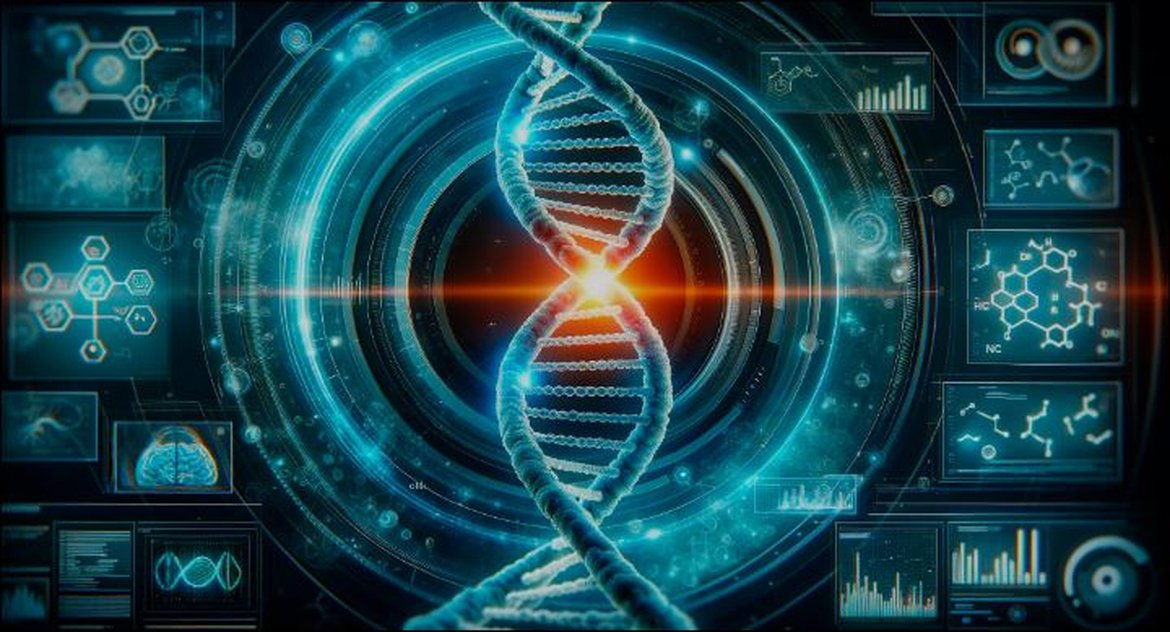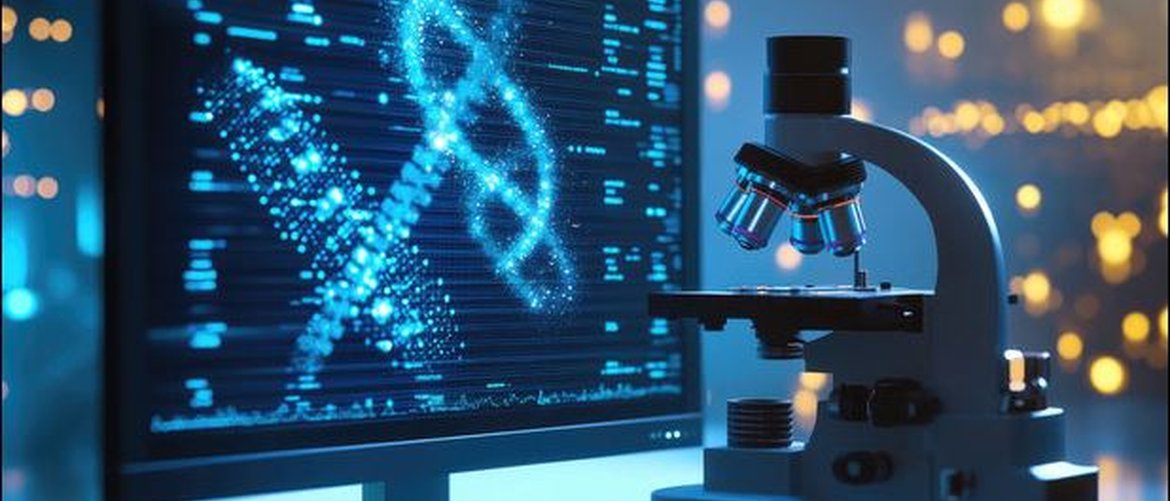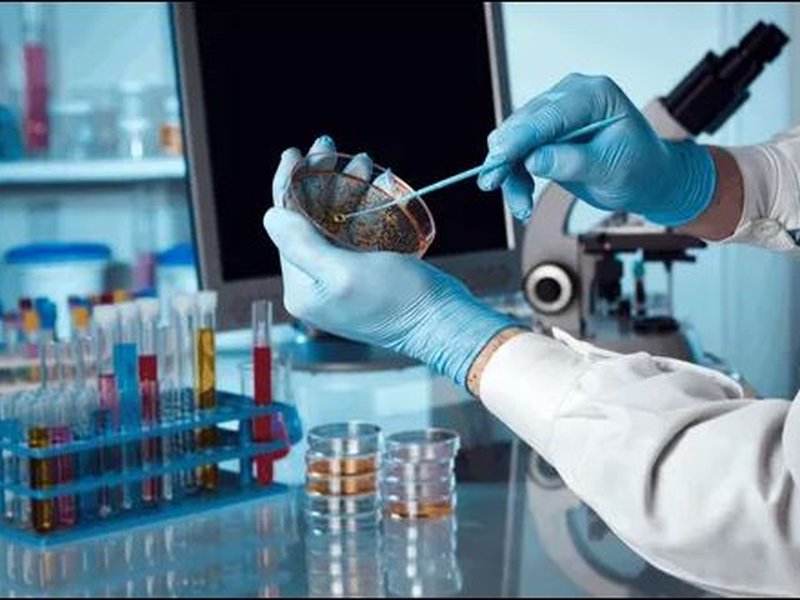Epidemiology of drug resistance in the bacterium and identification of resistance and virulence factors.
Bioactivity and Molecular Analysis
Research Interests
Bioactivity and Molecular Analysis are key research areas that interests and ongoing studies you've outlined represent a broad and interdisciplinary approach to understanding infectious diseases, drug resistance, and antimicrobial agents. Below is a more detailed breakdown of each research area, focusing on its significance, techniques used, and current progress that could be made in these fields.

1. Molecular Characterization of Bacteria, Viruses, and Parasites
- Research Focus: This involves identifying and analyzing the genetic makeup, virulence factors, and mechanisms of infection of various pathogens (bacteria, viruses, and parasites).
- Techniques:
- Next-Generation Sequencing (NGS): Used to sequence genomes of pathogens and identify genetic markers related to virulence, resistance, and pathogenicity.
- Polymerase Chain Reaction (PCR): For amplification and identification of specific genes or genomic sequences.
- Whole-Genome Sequencing (WGS): To identify mutations that may be linked to virulence, resistance, or host interaction.
- Proteomics: Identifying proteins expressed by pathogens that contribute to their survival, replication, or resistance mechanisms.
- Research Objectives: Characterizing how these pathogens evolve, their genetic diversity, and how they adapt to host environments or drug treatments.
2. Epidemiology of Drug Resistance in Bacteria and Identification of Resistance and Virulence Factors
- Research Focus: Investigating the prevalence of drug-resistant strains in specific regions or populations and identifying genetic determinants of resistance and virulence.
- Techniques:
- Antibiotic Susceptibility Testing (AST): Using disk diffusion, MIC (Minimum Inhibitory Concentration) testing, or automated systems to measure bacterial resistance to antibiotics.
- Genotypic Resistance Testing: PCR or sequencing to identify specific genes associated with antibiotic resistance, such as beta-lactamase or efflux pump genes.
- Metagenomic Studies: Sequencing DNA directly from environmental samples (e.g., sewage, hospitals) to analyze the diversity and prevalence of resistant strains.
- Research Objectives: Mapping the geographical and temporal spread of resistant pathogens, understanding their mechanisms, and identifying genetic mutations responsible for resistance. Research on virulence factors like toxins, adhesins, and secretion systems would help in understanding pathogenicity.
3. Efficacy of Novel Antimicrobial Compounds Extracted from Medicinal Plants
- Research Focus: Investigating the antimicrobial properties of bioactive compounds derived from medicinal plants to find new, natural alternatives to synthetic antibiotics.
- Techniques:
- Phytochemical Screening: Identifying and isolating bioactive compounds (alkaloids, flavonoids, terpenoids, etc.) from plant extracts.
- MIC Determination: Using assays such as broth dilution to determine the minimum inhibitory concentration of plant extracts against bacterial, viral, or fungal pathogens.
- In Vivo and In Vitro Testing: Studying the antimicrobial effects in cell cultures and animal models.
- Molecular Docking: Computational studies to predict how plant-derived compounds may interact with specific microbial targets.
- Research Objectives: To find novel antimicrobial agents with broad-spectrum activity and minimal resistance potential, exploring plant-based therapies to combat rising antimicrobial resistance.
4. Efficiency of Newly Synthesized Compounds (Department of Chemistry) as Antimicrobial Agents
- Research Focus: Assessing the antimicrobial activity of newly synthesized chemical compounds designed to target microbial infections.
- Techniques:
- Synthesis of Compounds: The chemistry department can synthesize novel compounds with antimicrobial properties (e.g., derivatives of known antibiotics, metal-based compounds, or small molecules).
- Microbial Screening: Evaluating the compounds against a variety of pathogens (bacteria, fungi, or viruses) to determine their antimicrobial efficacy.
- Mechanism of Action Studies: Using microscopy, flow cytometry, and molecular biology techniques to investigate how these compounds affect microbial growth, cell wall synthesis, or membrane integrity.
- Research Objectives: To design more potent and specific antimicrobial compounds, test their efficacy, and understand their mechanisms of action. This research may lead to the development of more effective treatments against resistant pathogens.
5. Identification and Molecular Characterization of Plants
- Research Focus: This involves identifying plants with medicinal properties, particularly those that contain compounds with antimicrobial, antiviral, or anti-parasitic activities.
- Techniques:
- DNA Barcoding: Using specific gene sequences (e.g., rbcL, ITS) to identify and authenticate plant species.
- Metabolite Profiling: Using techniques like HPLC, GC-MS, or NMR to analyze the bioactive compounds within plants.
- Phytochemical Analysis: Identifying secondary metabolites that may have therapeutic effects against pathogens.
- Research Objectives: To expand the catalog of plants that can serve as a source of new bioactive compounds, aiding the discovery of novel therapeutic agents for infectious diseases.
6. Molecular Characterization of Insects, Including Those that Infect Plants
- Research Focus: Understanding how insect vectors (e.g., mosquitoes, flies, or agricultural pests) contribute to the spread of diseases and impact plant health.
- Techniques:
- Genomic Analysis of Insects: Sequencing genomes or transcriptomes of insects to understand their biology, behavior, and resistance to insecticides.
- Molecular Diagnostics: Using PCR or ELISA to identify pathogens (e.g., viruses, bacteria, fungi) carried by insects that infect plants or humans.
- Behavioral and Ecological Studies: Studying how insects interact with plants, how they transmit pathogens, and how environmental factors influence these processes.
- Research Objectives: Identifying genetic factors that make insects effective vectors of plant or human diseases, as well as developing strategies for controlling these pests. Also, investigating how the insects' microbiomes might influence pathogen transmission or resistance.
Potential Integrative Research Directions:
- One Health Approach: Integrating human, animal, and environmental health by studying the interaction between antimicrobial resistance in humans, animals, and plant pathogens. Understanding the shared mechanisms of resistance and transmission can inform strategies for controlling resistance in all sectors.
- Collaborative Interdisciplinary Research: Collaborative work between microbiologists, chemists, plant scientists, and entomologists can lead to the discovery of multi-faceted approaches to combating infectious diseases, drug resistance, and pest management.
Current Research in Progress:
- Ongoing Screening of Medicinal Plants: Continuous extraction and testing of new plant compounds against emerging resistant pathogens.
- Characterization of Resistance Genes: Molecular identification of resistance genes in clinical or agricultural bacterial and viral pathogens, particularly focusing on those resistant to existing treatments.
- Synthesis of Novel Antimicrobial Compounds: The chemistry department could be actively synthesizing and testing new chemical agents against multi-drug resistant bacteria.
- Identification of New Insect Vectors: Ongoing studies to identify and characterize new insect vectors and their role in disease transmission, both to humans and plants.
By pursuing these research interests, your work is at the forefront of combating antibiotic resistance, understanding microbial pathogenesis, and finding new therapeutic agents from natural and synthetic sources. This interdisciplinary approach is crucial in addressing global health challenges posed by infectious diseases.

Experiences in the following subjects:
Prof. Ghaleb Adwan:
- Molecular Biology techniques including: DNA isolation, PCR, Heteroduplex mobility assay, Molecular cloning, Transformation, Competent cells preparation, Electroporation, Agarose gel electrophoresis, DNA sequencing and Phylogenetic analysis
- Animal cell culture and isolation of viruses
- Techniques in Parasitology, serology, and Microbiology including: Electropheresis, Gel Permeation Chromatography, Affinity Chromatography, ELISA, Immunoblot technique, Immunofluorescent technique, Protein purification, and Radioimmunoassay and others.
- Bioinformatics: using CLC, MEGA software and others used in gene evolution
- Medicinal plant extracts
Dr. Ghadeer Omar
An-Najah National University Herbarium Supervisor:
Construction of the Herbarium of An-Najah National University on 8/9/2011. Various wild plant species specimens were and are still collected from different localities in West Bank, Palestine. Those plant species are photographed, identified, classified and deposited in the herbarium.
- Contribution to the flora of West Bank in Palestine. Wild plants in Palestine are collected, identified and classified. Providing information and data about the flora of different West Bank districts separately as to high light the plant diversity variation among different districts. These goals will be achieved through several publications are going to be submitted. Moreover, natural photographs of the different collected identified wild plants in Palestine are submitted and downloaded on the herbarium website of An-Najah National University/ Faculty of Science/ Department of Biology and Biotechnology. Additional information regarding the wild plant’s general taxonomical morphological features and geographical distribution in Palestine will be provided on the website.
- Through the accurate identification of the wild plants in West Bank, ongoing detection of the antimicrobial effect of the medicinal plants in West Bank is conducted as looking forward to find out alternatives for the known consumed medicinal plants and high light on unknown medicinal plants to provide new medicinal plants resources. This research field is carried out with the help of a research team who are expert in that field.
- Bioinformatics: using CLC, MEGA software and others used in gene evolution
- Molecular Biology techniques including: DNA isolation, PCR, Heteroduplex mobility assay, Molecular cloning, Transformation, Competent cells preparation, Electroporation, Agarose gel electrophoresis, DNA sequencing and Phylogenetic analysis
- Animal cell culture as tool for several plants’ anticancer bioactivity
Ms. Lubna Abdallah
- Purification skills (Experience in different protein purification techniques, manufacturing of some affinity columns).
- Immunological skills (Production of monoclonal antibodies, designing of ELISA, HRP conjugation, western blotting and other skills).
- Bioinformatics.
- Molecular skills (PCR & Cloning).
- Computer skills (Basic programs
- Medicinal plants bioactivity studies.
- Chemical compounds bioactivity studies.
- Animal cell culture







